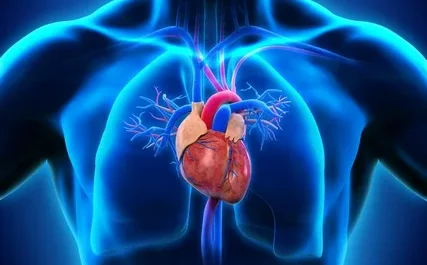Humans are often assumed to travel in the direction their heads face. However, recent research from the University of California, Irvine and Boston University challenges this assumption. In a study published in the Journal of Experimental Psychology: General, researchers discovered a travel direction-related signal in the human mind that operates independently of head direction.
The team, led by senior author Liz Chrastil, aimed to identify the fundamental building blocks of human navigation. They were inspired by previous research on animals, which identified cells that tracked information such as time, distance, and head direction.
Travel direction and head direction are distinct factors in spatial information processing. While head direction provides valuable information, travel direction plays a more significant role in shaping the trajectory of human or animal movement in their environment.
To explore the existence of a travel direction signal separate from head direction, Chrastil and her colleagues conducted a behavioral experiment using a method called adaptation. Adaptation refers to shifts in perception following prolonged exposure to a specific stimulus. In this study, the researchers aimed to create a motion aftereffect related to the participants’ perceived travel direction.
The results of the study suggest that humans possess a travel direction signal that operates independently of head direction, opening new avenues for neuroscience and psychology research on Neuro-navigation Systems. Chrastil explained, “We were interested in finding the first building blocks of navigation, and this discovery could help us better understand how humans and animals navigate their surroundings.



